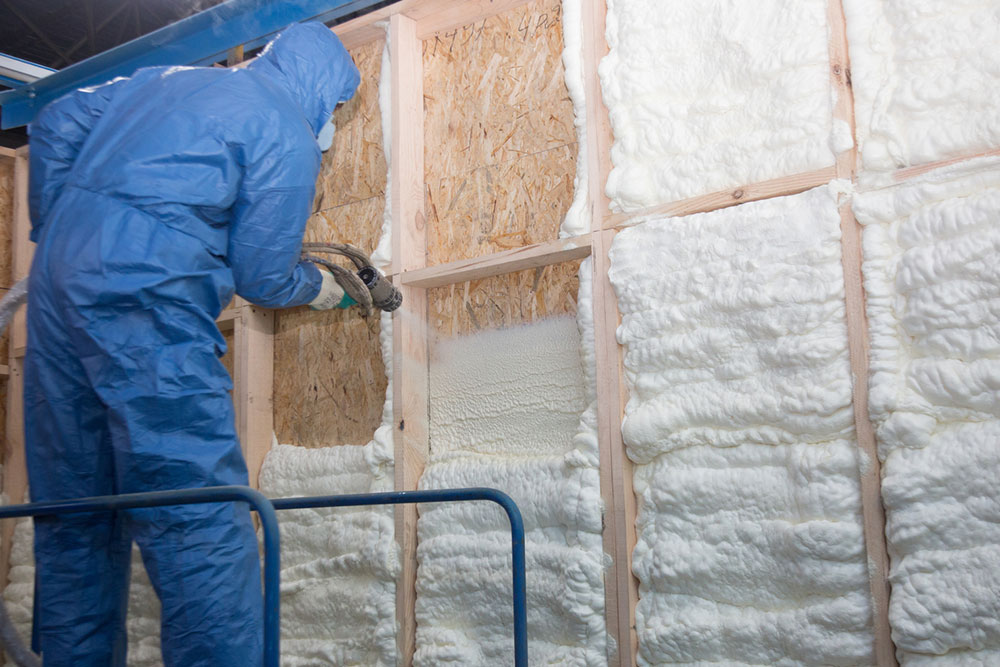4 spray foam insulation mistakes to avoid

Spray foam installation is important to maintain an energy-efficient home that regulates indoor temperature and lowers utility bills in the long run. It provides great insulation and thermal performance. However, all these benefits are only possible if there are no mistakes made when the spray foam insulation is being installed. If the installation is not done correctly, one can not get the desired results. Therefore, it’s essential to keep an eye out for common mistakes.
Using substandard material
There are various quality of spray foams available, and they are not all the same. When opting for low-quality spray foam products, it can have difficulty adhering to the surface. Moreover, if there are any issues with moisture levels, it can lead to mold and mildew growth later on.
Not using the layered approach
When installing spray foam insulation, it is important to remember to work evenly, quickly, and in a controlled manner. One of the common mistakes people make is not installing the spray foam in layers. It is crucial to allow each layer time to expand and cool before installing another layer. Failing to do so could lead to suboptimal thickness or expansion of each layer, which may impact the effectiveness of the foam insulation and result in high energy costs in the long run.
Skipping steps
While the spray foam is applied, it has a consistency similar to paint or glue. Once it comes in contact with the surface, it suctions onto the surface and then expands. However, some might experience problems with overspraying. It is important to clear the room of moveable furniture to protect them from being affected. If the spray foam comes in contact with the wrong surface, it can be difficult to clean up.
Incorrect mixing
To ensure that expanding spray foam sticks to the surface and provides adequate insulation, it is crucial to mix the chemicals properly. Mixing should be done on-site with the correct technique and proportion of chemicals to avoid any mistakes. Workers need to employ instruments that are properly calibrated and in good working order. If there is any waxy debris or lingering smells, it is a sign that the chemicals have not been mixed properly. Improper installation of spray foams can also give rise to health concerns such as breathing problems, headaches, and skin and eye irritation.



